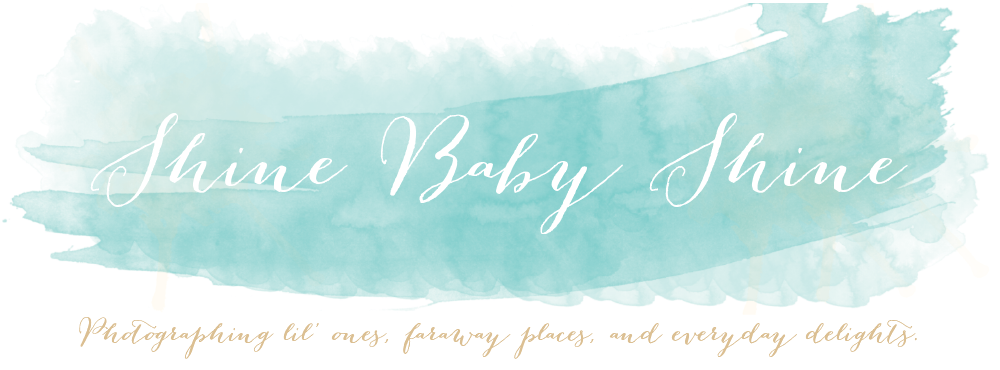Digital photography has numerous advantages but one thing that film photography had going for it was that in order to even see your pictures you had to print them. I still remember the excitement of getting a roll of 24 pictures (wow, that sounds like so few!) developed. This also meant you always had numerous pictures available to put into a frame or album. Now with digital photography it can be hard to find the motivation to print and all too easy to accumulate thousands and thousands of photos on your computer without actually doing anything with them. However, whenever I have taken the time to print my photos, I've been happy with the results. Plus there are so many interesting and different ways to print or display your photos these days; here are a few:
Group them
Sometimes when a single photo is hung on a wall - especially if it's a large wall - it can look a little lonely. Grouping photos into a collage or on a photo ledge can make a greater impact and allows you to display more photos (a bonus if you have a hard timing making decisions like I do!). A couple tips for creating collages: keep the space between the photos relatively consistent and fairly narrow, test out different layouts on the floor before hand and be sure to have a good mix of larger and smaller frames.
Make them fun
Pinhole Press makes a variety of super cute photo items that are perfect for kids. I ordered a memory photo game as a gift for my niece's upcoming birthday and created a mini book of names and faces for Maelle (which she loves to flip through).
Make them glossy
A couple of years ago my husband and I went to an art show and fell in love with a photograph covered in epoxy resin (which creates a glossy, glass-like sheen). Since the piece's $1000 price tag wasn't in our budget, we decided to try the technique ourselves. The process was relatively easy (check online for tips) and involved 1) Printing the photo 2) Gluing it onto a wooden board cut to the same size (Home Depot can do this) 3) Following the epoxy resin directions on the box (we bought our resin from Curry's Art Store).
Bind them
There are so many online options for ordering photo books but I've been happy with My Publisher. Be sure to sign up for their emails so you can order during one of their frequent sales (40-60% off).
Group them
Sometimes when a single photo is hung on a wall - especially if it's a large wall - it can look a little lonely. Grouping photos into a collage or on a photo ledge can make a greater impact and allows you to display more photos (a bonus if you have a hard timing making decisions like I do!). A couple tips for creating collages: keep the space between the photos relatively consistent and fairly narrow, test out different layouts on the floor before hand and be sure to have a good mix of larger and smaller frames.
Make them fun
Pinhole Press makes a variety of super cute photo items that are perfect for kids. I ordered a memory photo game as a gift for my niece's upcoming birthday and created a mini book of names and faces for Maelle (which she loves to flip through).
Make them glossy
A couple of years ago my husband and I went to an art show and fell in love with a photograph covered in epoxy resin (which creates a glossy, glass-like sheen). Since the piece's $1000 price tag wasn't in our budget, we decided to try the technique ourselves. The process was relatively easy (check online for tips) and involved 1) Printing the photo 2) Gluing it onto a wooden board cut to the same size (Home Depot can do this) 3) Following the epoxy resin directions on the box (we bought our resin from Curry's Art Store).
Bind them
There are so many online options for ordering photo books but I've been happy with My Publisher. Be sure to sign up for their emails so you can order during one of their frequent sales (40-60% off).








.jpg)












